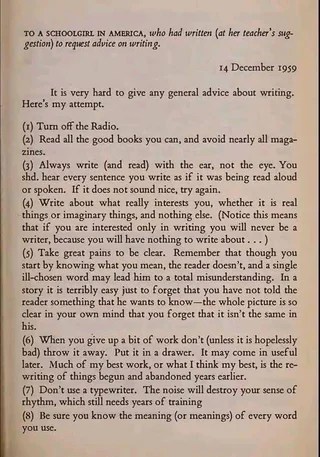As I said I’m pretty excited about this book receiving an adaptation. I am especially curious about how Greta Gerwig will film one of its most spectacular yet problematic aspects: how Aslan creates the world of Narnia with his song.
 |
All this time the Lion’s song, and his stately prowl, to and fro, backwards and forwards, was going on. What was rather alarming was that at each turn he came a little nearer. Polly was finding the song more and more interesting because she thought she was beginning to see the connection between the music and the things that were happening. When a line of dark firs sprang up on a ridge about a hundred yards away she felt that they were connected with a series of deep, prolonged notes which the Lion had sung a second before. And when he burst into a rapid series of lighter notes she was not surprised to see primroses suddenly appearing in every direction. Thus, with an unspeakable thrill, she felt quite certain that all the things were coming (as she said) “out of the Lion’s head.”
[ . . . ] The Lion paid no attention to them. Its huge red mouth was open, but open in song not in a snarl. It passed by them so close that they could have touched its mane. They were terribly afraid it would turn and look at them, yet in some queer way they wished it would. |
 |
This description sounds similar to the creation of Arda written by fellow Inkling J. R. R. Tolkien; in his version it is Eru, the supreme deity, who creates the other gods and the Middle-earth itself with music. Lewis published his take in 1955 while Tolkien’s came to light in 1976 when The Silmarillion was released. Since Tolkien worked on his Middle-Earth histories throughout his life I bet he had the original concept which Lewis later cribbed, with Tolkien’s permission I hope. But I’ve yet to find any scholarly analysis of this.
Not a few artists have tried to capture the above scene, and most of them, well, look comical.










